Imagine waking up one morning on your favorite tropical island, only to find that the turquoise waters once alive with vibrant coral and darting fish have turned eerily empty. The reef, that ancient protector and provider, is gone. Waves crash harder, sand slips away, and the island itself seems to shrink. This is not some distant disaster movie—it’s a real and growing threat faced by islands across the globe. The death of coral reefs is not just an environmental tragedy, but a profound unraveling of natural defenses, coastal stability, and entire cultures. The story is as heartbreaking as it is urgent, and it affects people, places, and traditions in ways most of us never imagined.
The Living Fortress: How Reefs Protect Islands
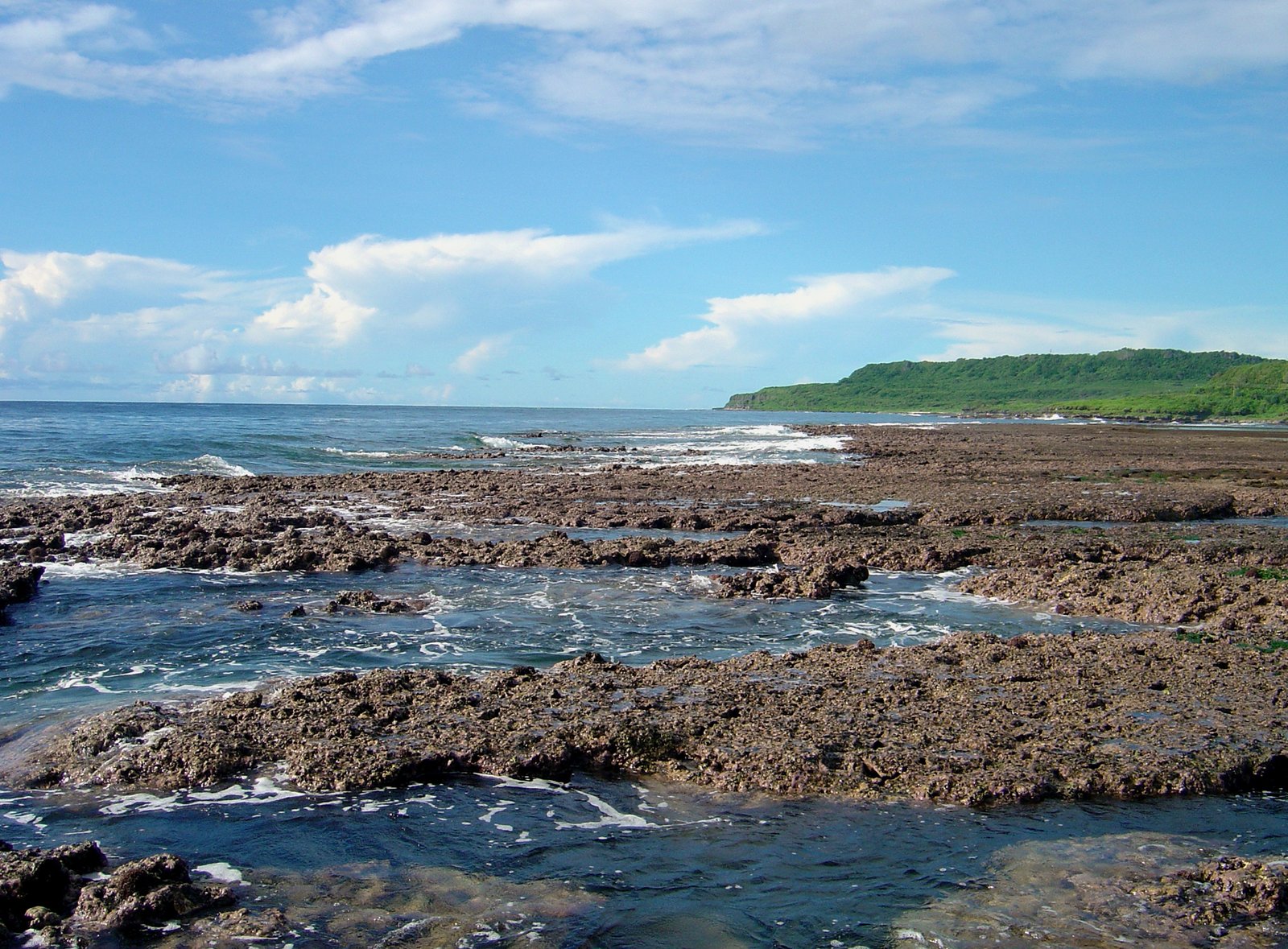
Coral reefs are like a suit of armor for islands. Their intricate structures break the force of incoming waves, shielding coastlines from erosion and flooding. Without this natural barrier, islands stand exposed to the full fury of the ocean. Imagine a delicate sandcastle suddenly unprotected from the tide—soon, it starts to crumble. Studies show reefs can absorb up to 97% of wave energy before it hits the shore. This protection is invaluable, especially during storms or hurricanes, where every inch of lost land can mean lost homes and lives. When reefs die, the fortress falls, leaving islands vulnerable.
What Kills a Reef?
Reefs face a barrage of threats, many driven by human activity. Rising ocean temperatures cause coral bleaching, where stressed corals eject their colorful algae partners and turn ghostly white. Pollution from land—think fertilizers, sewage, and plastic—smothers corals, while overfishing disrupts the delicate balance of reef life. Ocean acidification, a result of increased CO2, weakens coral skeletons. Sometimes, a single severe event like a heatwave can kill off huge swaths of reef in just weeks. The loss is rarely total at first, but over years, the cumulative impact is devastating.
Shifting Sands: Erosion and Island Shrinkage
Without healthy reefs, waves reach the shore with greater force, pulling away sand and soil that once formed beaches and even the land itself. Small islands, especially low-lying atolls, are most at risk. In places like the Maldives and the Marshall Islands, entire communities have watched their beaches and coconut palms vanish within a single generation. The land does not just disappear overnight, but as the shoreline creeps inward year after year, homes, roads, and even graves are swallowed by the sea.
Saltwater Intrusion: Drinking Water in Peril
Islands often rely on fragile freshwater lenses—thin layers of freshwater that float atop seawater underground. When reefs die and shorelines erode, saltwater seeps in, contaminating wells and making water undrinkable. This forces residents to depend on rainwater or expensive imported water. In some places, agriculture falters as crops succumb to salty soil. For small island nations, this is not just inconvenient—it can threaten survival.
Storms Unleashed: Rising Risks of Disaster
Healthy coral reefs act as speed bumps for storm surges, reducing the destructive power of waves during cyclones and hurricanes. As reefs disappear, islands are hit harder and more frequently by powerful storms. In 2015, the Pacific island nation of Vanuatu suffered catastrophic damage from Cyclone Pam; scientists noted that degraded reefs contributed to the disaster. The loss of reefs means that even moderate storms can cause flooding, destroy infrastructure, and displace entire communities.
Loss of Biodiversity: A Silent Extinction
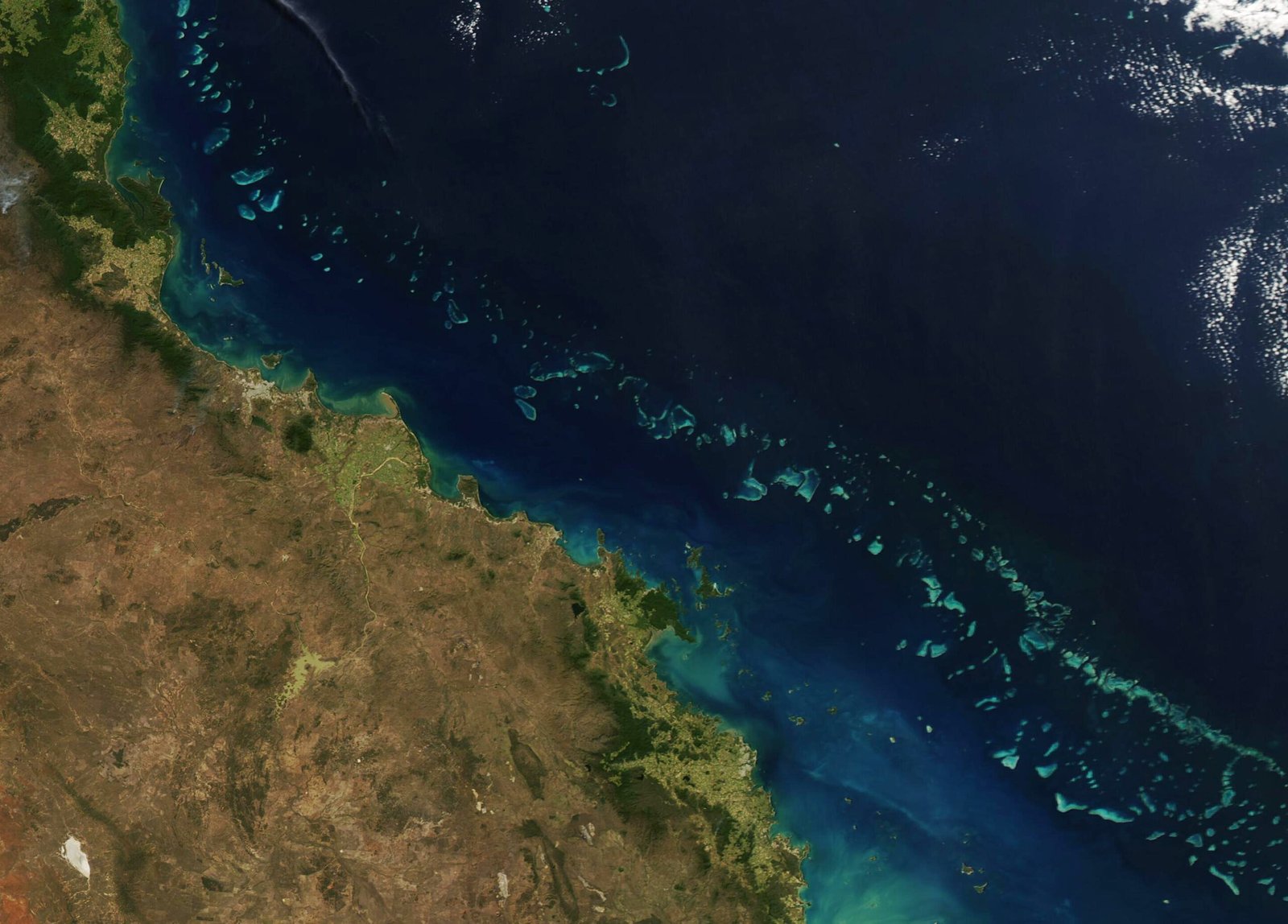
Coral reefs are often called the rainforests of the sea, home to a quarter of all marine species. When reefs die, fish and other creatures lose their homes and breeding grounds. This impacts not just the ocean’s biodiversity, but also the food security of islanders who rely on fishing. The collapse of reef ecosystems can trigger a domino effect, wiping out species after species, many of which have never even been named.
Economic Fallout: Tourism and Livelihoods in Crisis

For many islands, coral reefs are the heart of the tourism industry. Snorkeling, diving, and vibrant underwater scenes draw millions of visitors each year. But when reefs turn into lifeless rubble, tourists stay away. This loss of income can devastate local economies. Fishermen lose their catch, hotels lose guests, and entire communities lose hope. The ripple effects go far beyond the water’s edge.
Cultural Erosion: Traditions Washed Away

Islands are not just pieces of land—they are living repositories of culture, history, and identity. Many island nations have legends, songs, and ceremonies tied to the sea and its reefs. When the reefs die and the land erodes, a way of life is lost. Elders mourn the loss of fishing grounds where their ancestors once taught them. Children grow up with stories of places they will never see. The loss is not just physical, but spiritual and emotional.
Migration and Displacement: The Human Toll

As islands shrink and resources vanish, people are forced to leave their homes. Some become “climate refugees,” seeking new lives in unfamiliar lands. This migration is often traumatic, tearing apart families and communities. In places like Kiribati, leaders have already begun planning for the day when their country may no longer exist. The prospect of losing an entire nation is almost unimaginable, yet it is becoming a stark reality for some.
Loss of Medicinal Resources: Nature’s Pharmacy in Danger
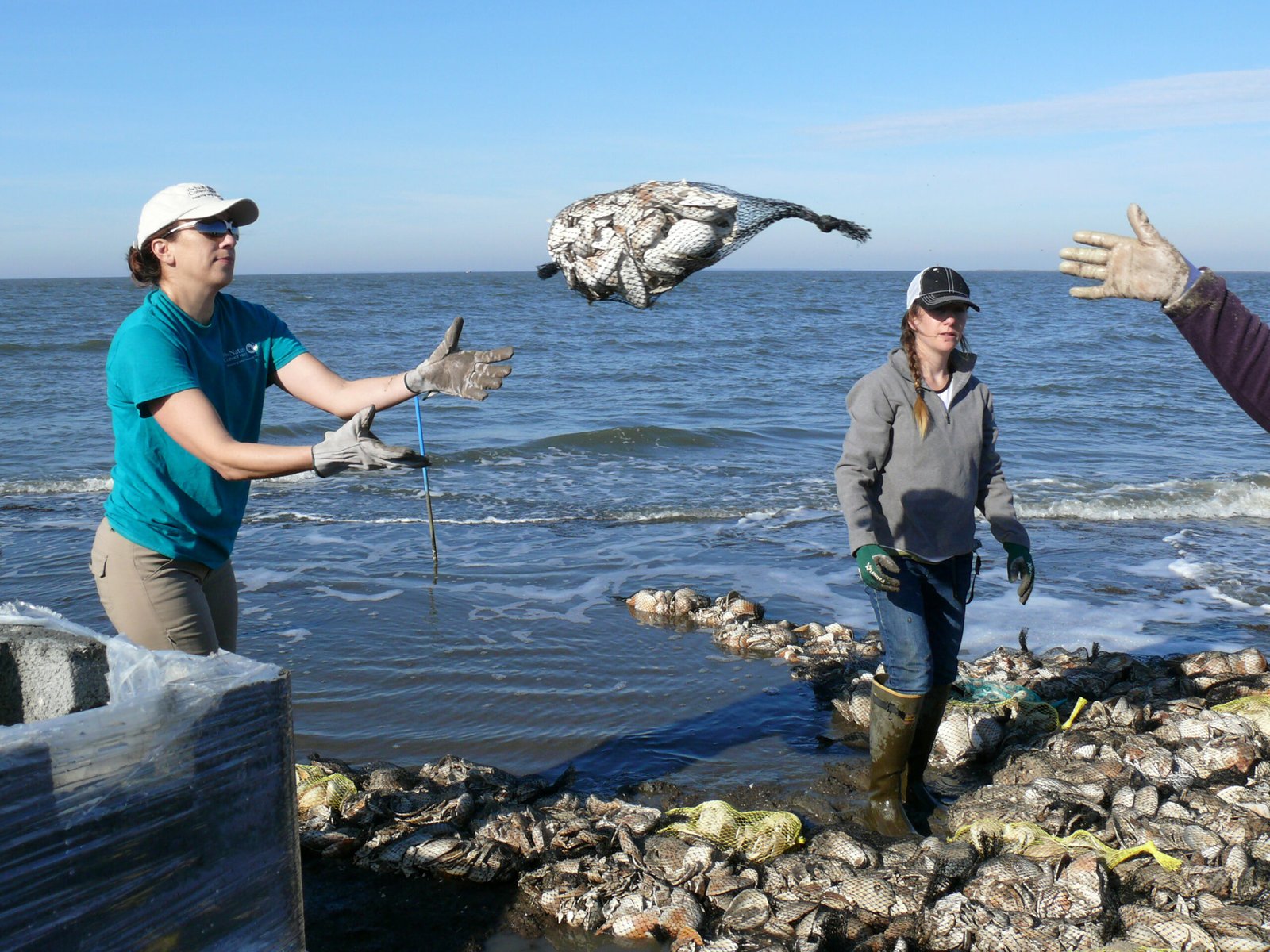
Coral reefs are treasure troves of medicinal compounds. Scientists have discovered cancer-fighting molecules, painkillers, and antibiotics among reef creatures. With reefs dying, we risk losing untold cures before they’re even found. For islanders who have used reef plants and animals in traditional healing for centuries, this is both a practical and cultural blow.
Food Security on the Brink
Islanders depend on reefs for much of their protein, especially in remote places where importing food is expensive or impossible. When reef fish decline, so does the daily catch. This means more than just empty plates—it leads to malnutrition and hunger. In some cases, people are forced to eat less healthy imported foods, leading to new health problems like diabetes and obesity.
Sea Level Rise: A Double Blow
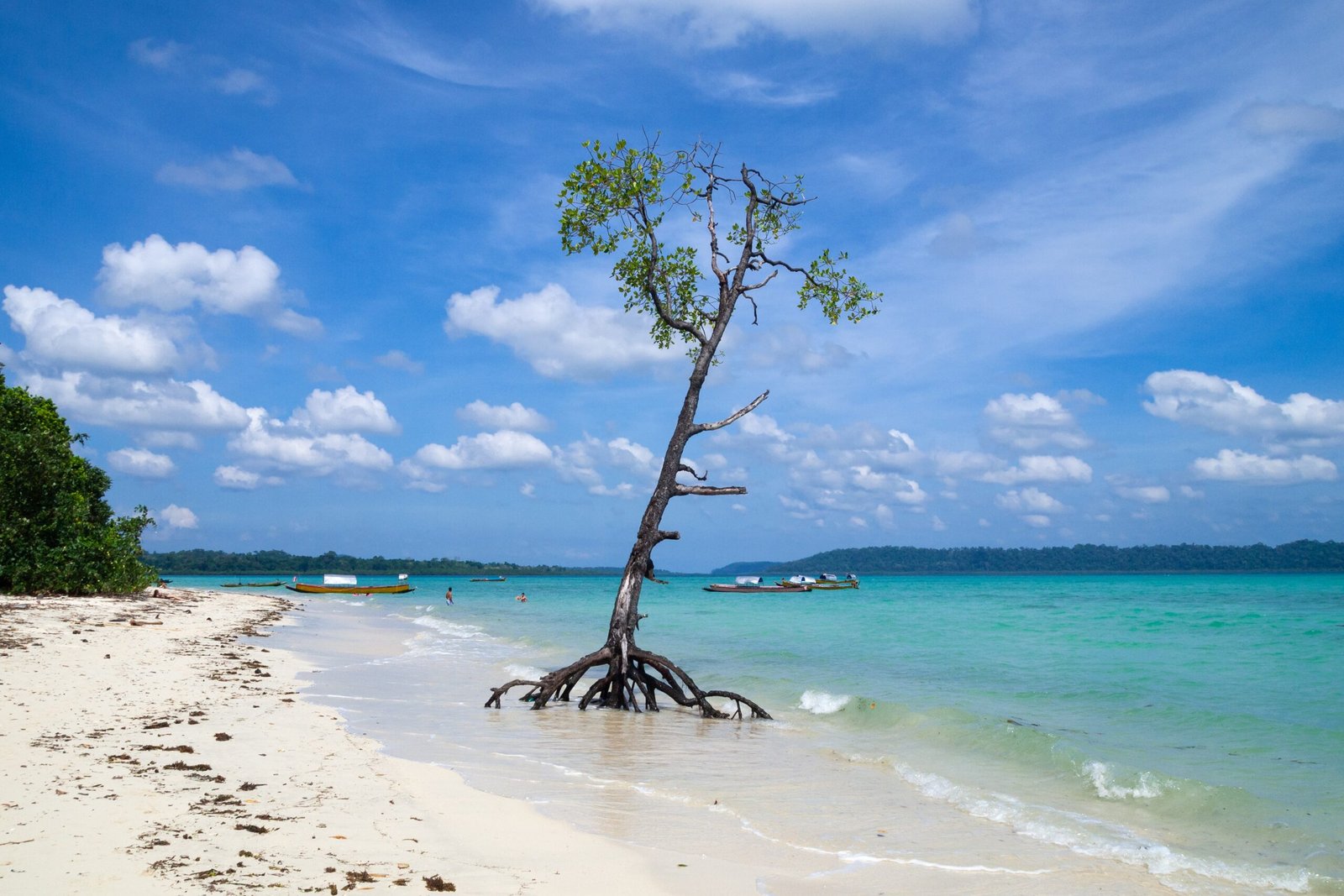
As climate change melts polar ice, sea levels rise, threatening to submerge low-lying islands. Without reefs to buffer the waves, this process accelerates. The combination of rising seas and dying reefs can be catastrophic, turning once-thriving islands into ghostly reminders of what was lost. This double blow is already visible in places like Tuvalu, where the ocean creeps ever closer each year.
Psychological Impact: Grief and Anxiety
Watching your homeland disappear is a trauma few can imagine. Islanders often experience grief, anxiety, and a sense of helplessness as they see their environment change rapidly. Children grow up fearful of storms, while elders mourn the loss of familiar landscapes. These feelings can lead to depression and mental health crises, compounding the physical dangers of reef loss.
Failed Infrastructure: Buildings in Peril
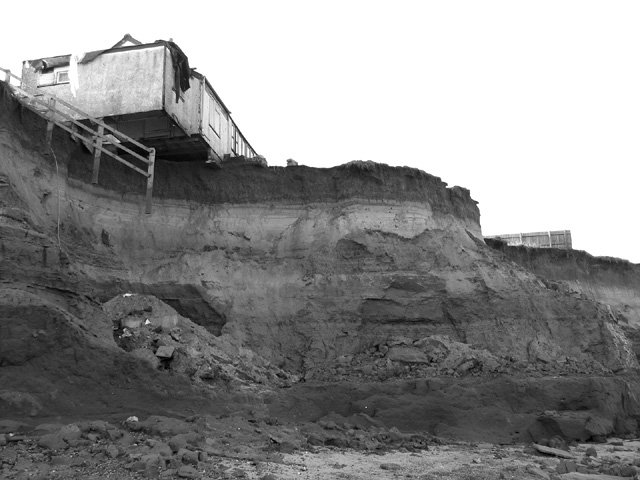
Many island structures—homes, roads, schools—were built with the expectation that reefs would protect the shore. As these barriers vanish, buildings are left dangerously exposed. Roads wash out, houses collapse, and schools close. Rebuilding is expensive and often impossible, especially in poor or remote communities. This leads to a downward spiral of neglect and decay.
Traditional Knowledge Lost

Generations of islanders have developed unique ways of living with the reefs. Fishermen learned to read the tides and seasons, while healers used reef plants for medicine. As reefs disappear, so does this irreplaceable knowledge. Young people have fewer opportunities to learn from their elders, and ancient wisdom is lost forever.
Invasive Species Take Over
When reefs die, they leave behind empty space that is quickly colonized by less desirable species. Algae, for example, can smother dead coral, making it even harder for reefs to recover. Sometimes, invasive predators like crown-of-thorns starfish move in, hastening the decline. This shift in the ecosystem can make recovery almost impossible, locking islands into a cycle of decline.
Loss of Sense of Place
For many islanders, reefs are not just part of the scenery—they define a sense of home. The sights, sounds, and smells of the reef are woven into daily life. When reefs die, this sense of place erodes, leaving people feeling unmoored. The landscape that shaped identities and memories is gone, replaced by loss and uncertainty.
Hope for Recovery: Can Islands Bounce Back?
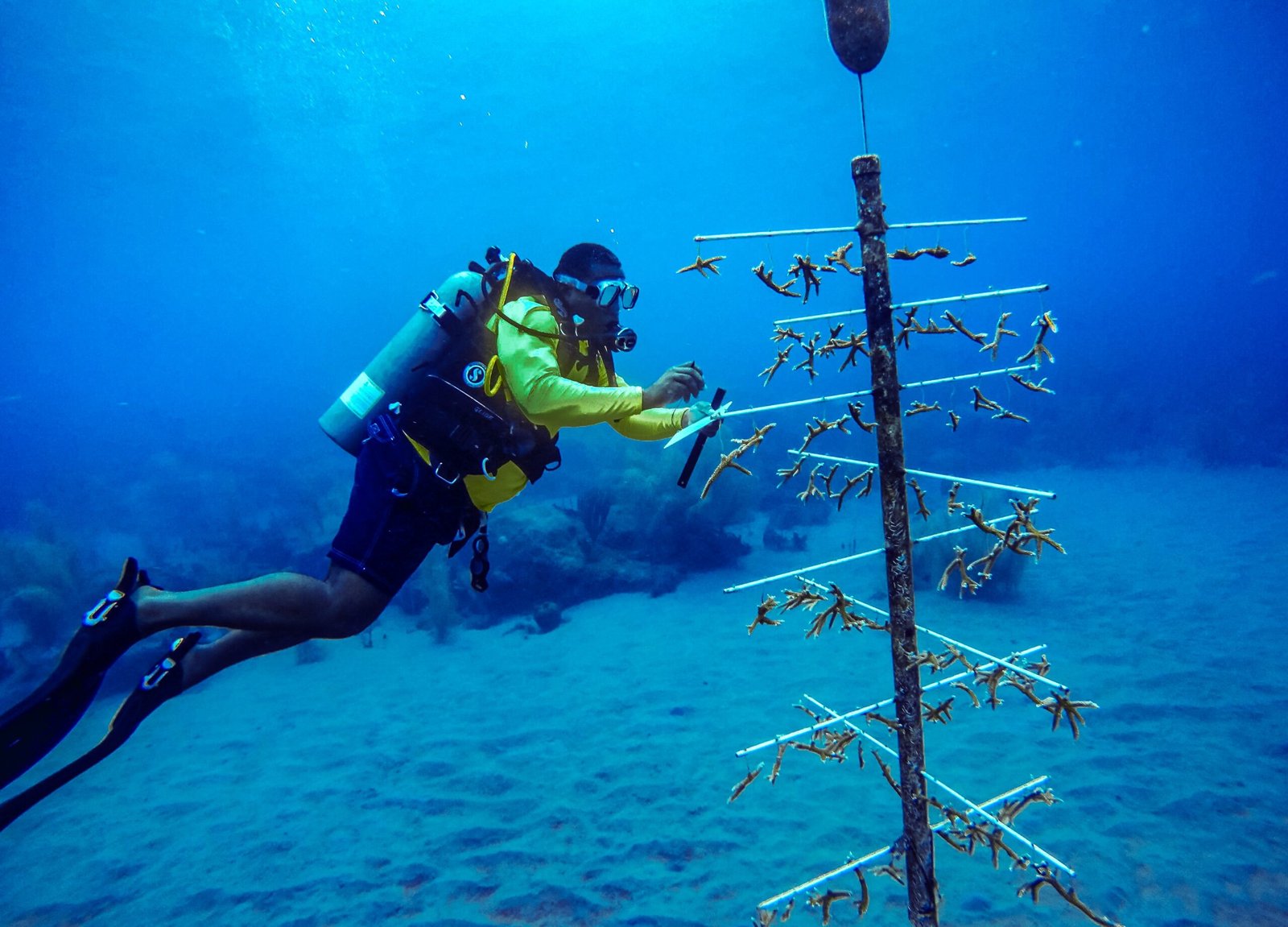
While the outlook is grim, there are sparks of hope. Some communities are restoring reefs using coral gardening and artificial structures. Marine protected areas can help reefs recover if given enough time. These efforts show that with determination, islands can fight back. The process is slow and uncertain, but every new coral polyp is a tiny victory.
Global Responsibility: What Can We Do?

The fate of islands is not just a local issue—it’s a global challenge. Reducing carbon emissions, cutting pollution, and supporting reef-friendly policies can make a difference. Individuals can help by making sustainable choices, supporting conservation groups, and spreading awareness. The fight for reefs is a fight for people, cultures, and futures.
The death of coral reefs is more than an environmental issue—it’s a crisis that strikes at the heart of entire societies, reshaping coasts, cultures, and destinies. The choices we make today will echo across generations. What kind of world do you want to leave behind?


